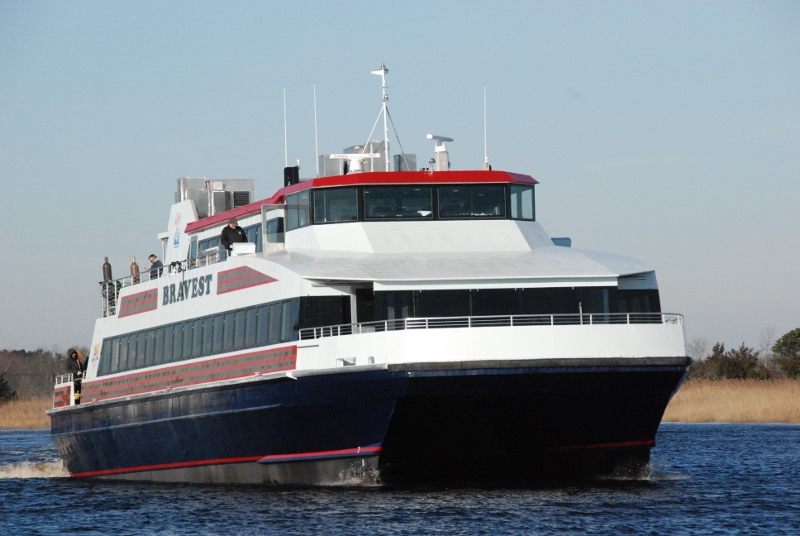At the Passenger Vessel Association’s Rivers Region Meeting in November, WorkBoat columnist Capt. Alan Bernstein attended a seminar on “How to Plan and Carry Out an Active Shooter Drill” onboard commercial vessels. As he wrote in a December blog about the meeting, “While there has not been an active shooter incident on board a commercial vessel, it is wise to prepare for the worst.”
Capt. Bernstein and the PVA could not be more timely with their concerns in this matter. With several mass shootings in the U.S. in the last few days, it’s only a matter of time before one of these crazies realizes what an opportunity for murder and mayhem a passenger vessel presents. With the vessel underway, the shooter’s intended victims have few opportunities for escape (other than jumping overboard) and there are even fewer opportunities for law-enforcement personnel to respond without having to make their way to the vessel and even, perhaps, having to carry out an opposed boarding under fire.
Although large cruise ships have security officers and ways to deal with unruly and even threatening passengers, smaller vessels, like those cruising the U.S. inland waterways, may not have the resources for such programs and personnel. That’s why planning and drills are supremely important in minimizing this threat.
One option, although controversial, includes placing at least one trained, armed responder onboard for each cruise — similar to the air marshal program — who could also perform regular duties onboard for the sake of efficiency. This approach has received some support recently from the incident where legally armed churchgoers were able to kill a crazed gunman only six seconds after he opened fire in a Texas church, limiting him to two victims out of the entire congregation.
In terms of responding after the fact, it goes without saying that the vessel’s medical officer — or the person tasked with responding to any injury onboard — should be specially trained in dealing with gunshot and stabbing wounds.
The added cost of metal detecting equipment to prevent passengers from bringing weapons onboard would seem to be justified, even for smaller operators, and employees handling passenger boarding should be trained to spot potential threat actors and prevent them from boarding. Car ferries present special challenges in preventing weapons from being brought onboard, but the extra time and expense of searching selected cars that present risk factors is justified in today’s environment.
Other measures may be more expensive, but worthwhile, like installing remote-controlled doors between passenger compartments that can serve to isolate an attacker and reduce the number of passengers to which he or she has access. For many reasons, including onboard security, all public areas of any passenger vessel of any size should be equipped with CCTV cameras for continuous monitoring from the wheelhouse or a control station to detect suspicious or threatening behavior.
The maritime industry has hundreds of years of experience in dealing with pirates, and the anti-social perpetrators of mass shootings are nothing more than modern day pirates. The airline industry has been able to reduce attacks on airplanes to a very low level, so the passenger -vessel industry, by building on airline and cruise-ship experience and by using modern technology, will also be able to handle this emerging threat. But, as Capt. Bernstein cogently observes, it’s never too early to start.





